Yugabyte Database Engineering Update — July 20, 2018
Welcome to the inaugural edition of the YugabyteDB Community and Engineering update series! Let’s dive in and take a look at what has happened over the last few weeks.

Welcome to the inaugural edition of the YugabyteDB Community and Engineering update series! Let’s dive in and take a look at what has happened over the last few weeks.
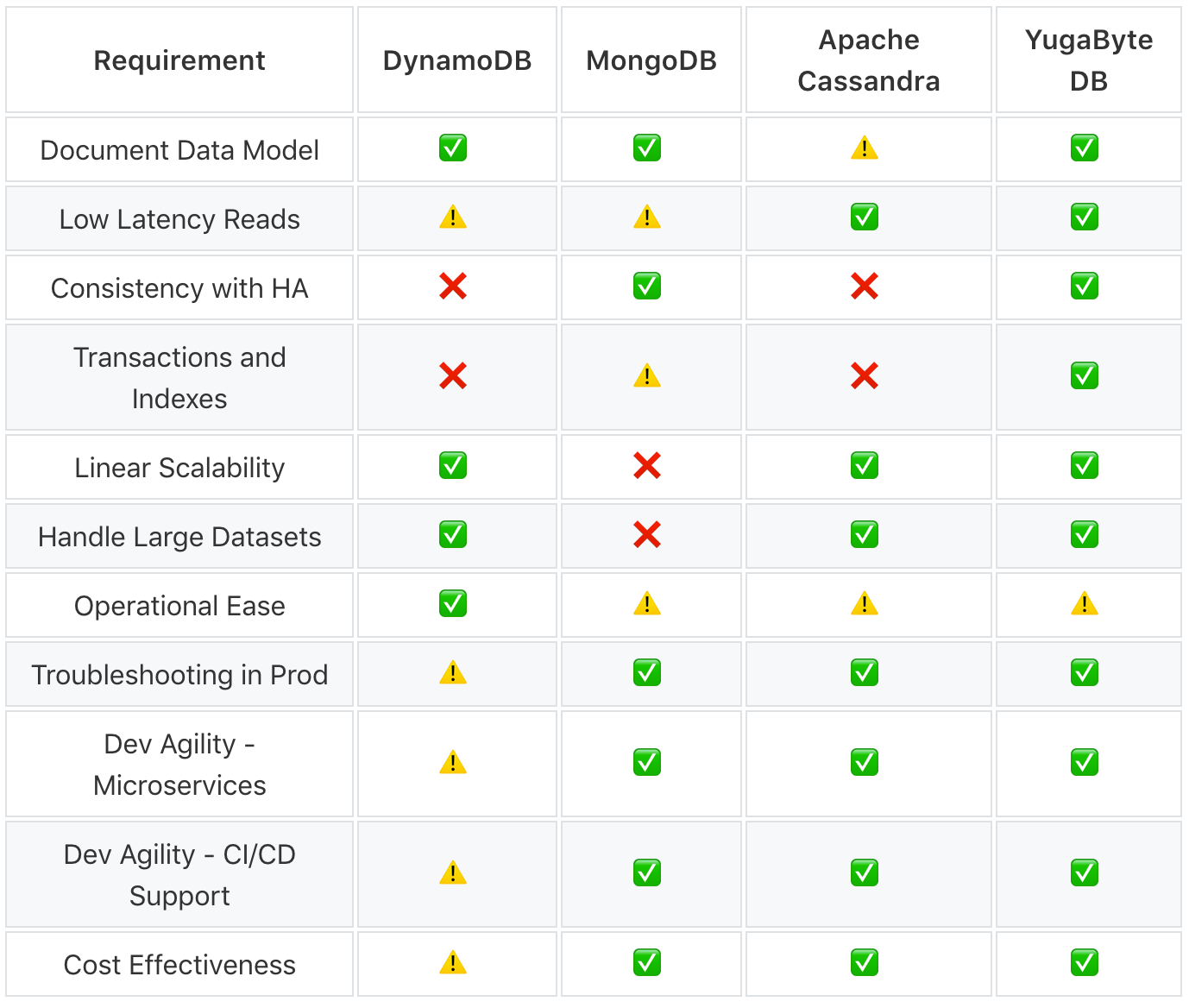
DynamoDB is AWS’s NoSQL alternative to Cassandra, primarily marketed to mid-sized and large enterprises. It works best for those who require a flexible data model, reliable performance, and the automatic scaling of throughput capacity. In a nutshell, DynamoDB’s monthly cost is dictated by data storage, writes and reads. Let’s walk through a synopsis.
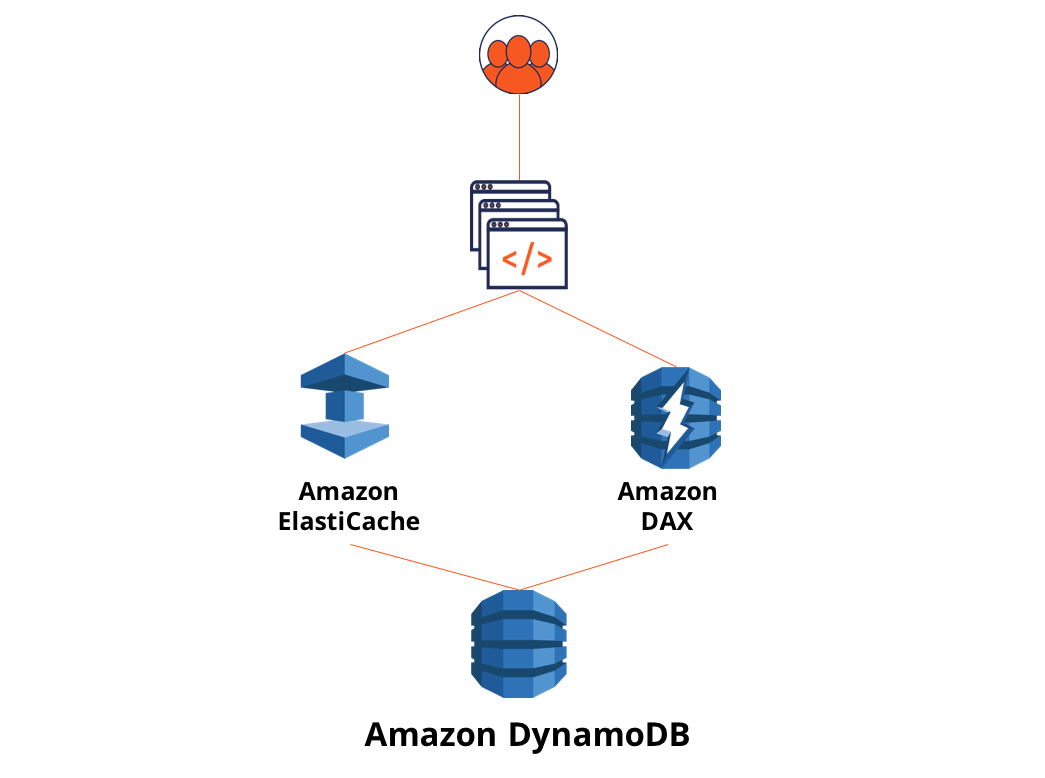
This post is to help developers and operations engineers understand the precise strengths and weaknesses of DynamoDB, especially when it needs to power a complex, large-scale application.

This post delves into the technical requirements of fast-growing geo-distributed applications with low latency reads and explores the limitations of Amazon DynamoDB for this use case, as well as alternative solutions such as MongoDB, Apache Cassandra, and YugabyteDB, a high-performance distributed SQL database.

Learn the basics of database storage engines, incl. B-tree and LSM tree based storage engines that are popular in the context of modern distributed cloud apps
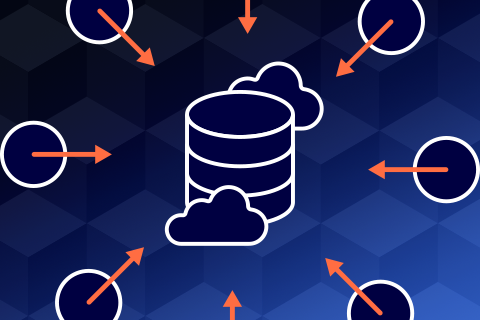
In the first post of this two-part series, we learned about the B-tree vs LSM approach to index management in operational databases. While the indexing algorithm plays a fundamental role in determining the type of storage engine needed, advanced considerations highlighted below are equally important to consider.
Monolithic databases, which are primarily relational/SQL in nature, support strong consistency and ACID transactions.
…

Yugabyte has raised $16M in additional funding in a round led by Dell Technologies Capital and our previous investor Lightspeed Venture Partners. Combined with our previous funding of $8M, YugaByte has now raised $24M to solve one of the most challenging problems in operational databases today — a cloud-native, high-performance distributed SQL database platform.
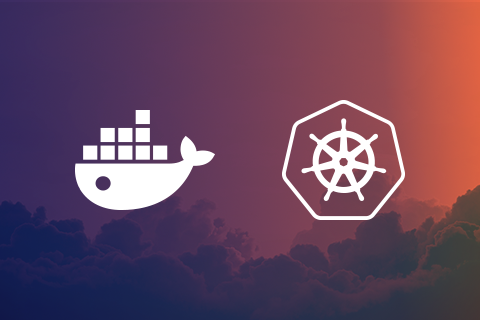
Results from the 2018 Kubernetes Application Usage Survey should put to rest concerns enterprise users have had around the viability of Docker containers and Kubernetes orchestration for running stateful services such as databases and message queues. Its exciting to see that nearly 40% of respondents are running databases (SQL and/or NoSQL) using Kubernetes. This number will continue to grow in the months ahead.
…
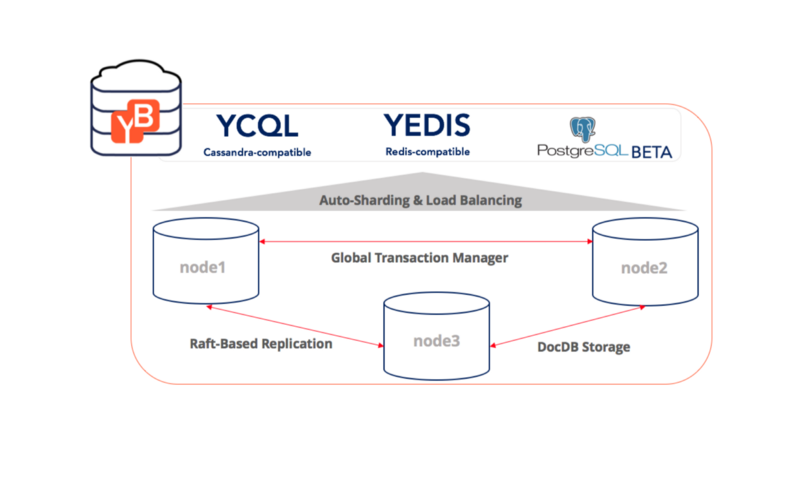
Modern user-facing apps, like E-Commerce and SaaS, frequently require features from multiple databases (broadly — SQL, NoSQL and a cache) to support their multi-workload needs. App developers are responsible for understanding and managing which pieces of data should be stored in which SQL and NoSQL database. Furthermore, the app is also responsible for moving data across the tiers (e.g. populating the cache on reads and invalidating it on writes). This greatly increases development and operational complexity,
…

Team Yugabyte is delighted to announce the general availability of YugabyteDB 1.0!
It has been an incredibly satisfying experience to, in just two years, build and launch a cloud-scale, transactional and high-performance database that’s already powering real-world production workloads. I wanted to take a moment to share our journey to 1.0 and the road ahead.
Modern user-facing applications are increasingly moving to a multi-region,
…